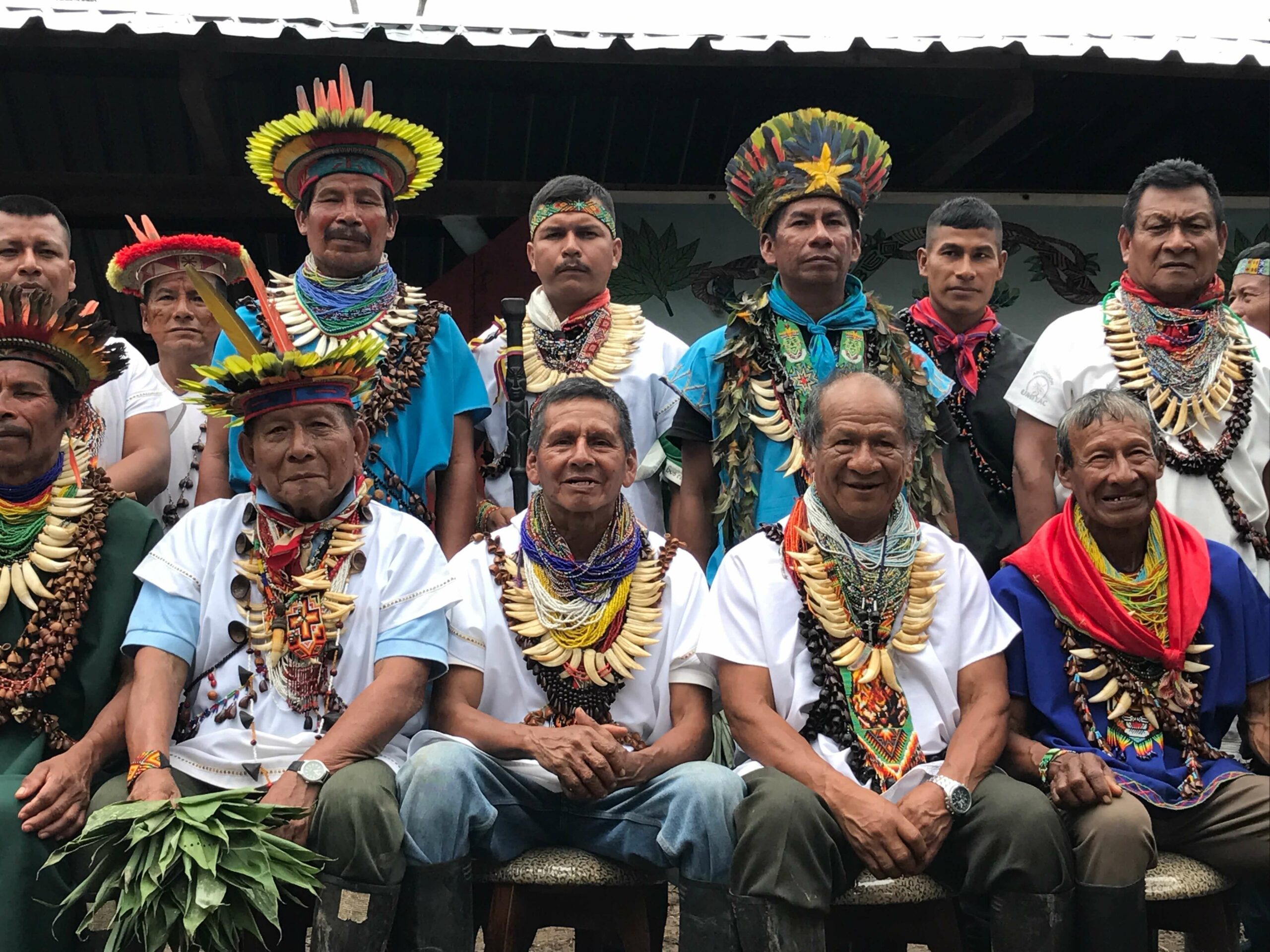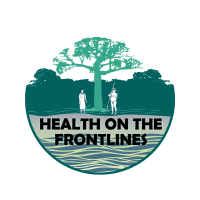
Mirroring recent international interest in experimenting with ayahuasca – known in the tri-national Amazonian region of Northern-Ecuador, Colombia and Peru as yagé – is a burgeoning body of scientific literature on the advantages of drinking this traditional, medicinal brew. The concoction has been used ceremonially and therapeutically for millennia in western Amazonia. It is prepared by stewing the bark of the Banisteriopsis caapi vine, which contains a class of chemicals known as harmines, with the leaves of the Psychotria viridis or Diplopterys cabrerana plant, which contain DMT (N,N-dimethyltryptamine). Taken alone, DMT is completely dismantled in the stomach by enzymes; but, amazingly, the harmines in the B. Caapi bark disactivate the enzyme responsible for neutralizing DMT. What number of combinations needed to be trialed before hitting on this mix? The effect is both a cleansing of the digestive system and a meditative, yet lucid state, involving vivid visions and memories. The benefits of imbibing this bitter drink fall into three categories: 1) Respite: an antidote to some mental health afflictions, 2) Release: a treatment for addiction and 3) Repose: a heightening of mindfulness and wellbeing in otherwise healthy individuals.
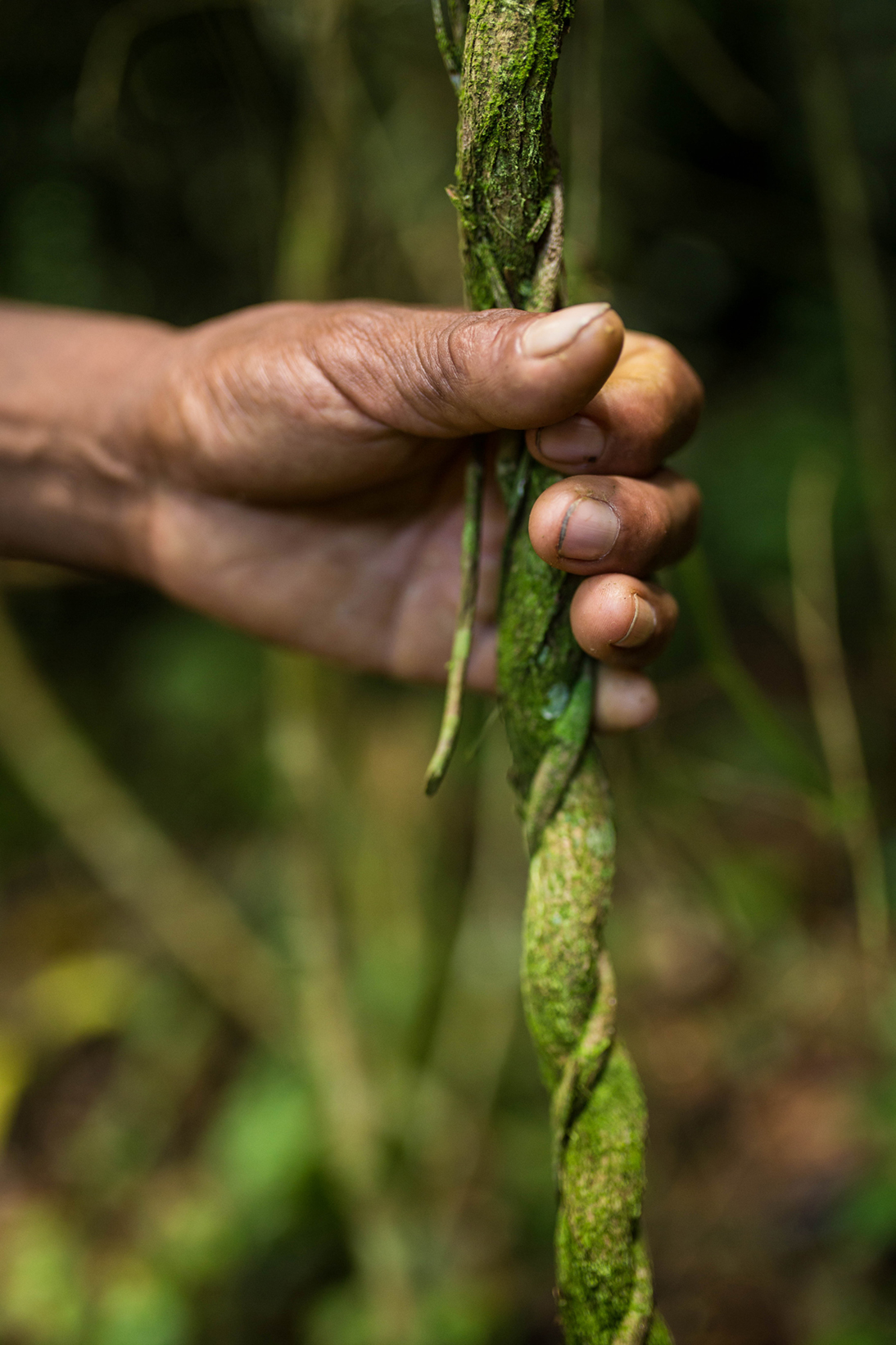
Banisteriopsis caapi vine

Respite
In indigenous cultures, drinking ayahuasca is referred to as tomando remedio – taking remedy. As the nocturnal insects begin their nightly chorus and the hammocks are strung beam to beam, ceremony participants may be silently asking the plant for help. Several studies indicate that ayahuasca may be able to offer individuals with a mental health diagnosis, such as mood disorders, post-traumatic stress disorder and anxiety, some respite from their suffering (dos Santos et al. 2018; Osório et al., 2015) and fears (Cameron et al. 2018). In a review of 21 studies looking at the impact of ayahuasca or it’s active ingredients “the results showing anxiolytic [anti-anxiety] and antidepressive effects of ayahuasca and its alkaloids are relatively constant, and have been reported in rodents, healthy volunteers, and depressed patients.” (dos Santos et al., 2016, p.70).

In a ceremonial house of the Kofan Bermejo region
Release
For the uninitiated it might seem appropriate to lump ayahuasca with recreational drugs like cocaine. But nothing could be farther from the truth. Long-term ayahuasca use has been associated with no personality, cognitive or psychiatric problems (Nunes et al. 2016). What’s more, a small but growing body of literature is dedicated to exploring how ayahuasca is able to successfully release some people from the grips of addiction, where other rehabilitation treatments have failed. Animal studies suggest ayahuasca could serve as a substitution therapy for cocaine dependence, for which there is no officially approved treatment, while not creating a dependence of its own. In humans, a study in which Canadian First Nations substance abusers underwent a four-week rehabilitation treatment which included two ayahuasca ceremonies, participants reported decreased use of cocaine in all follow-up sessions. (Nunes et al. 2016 and references therein)
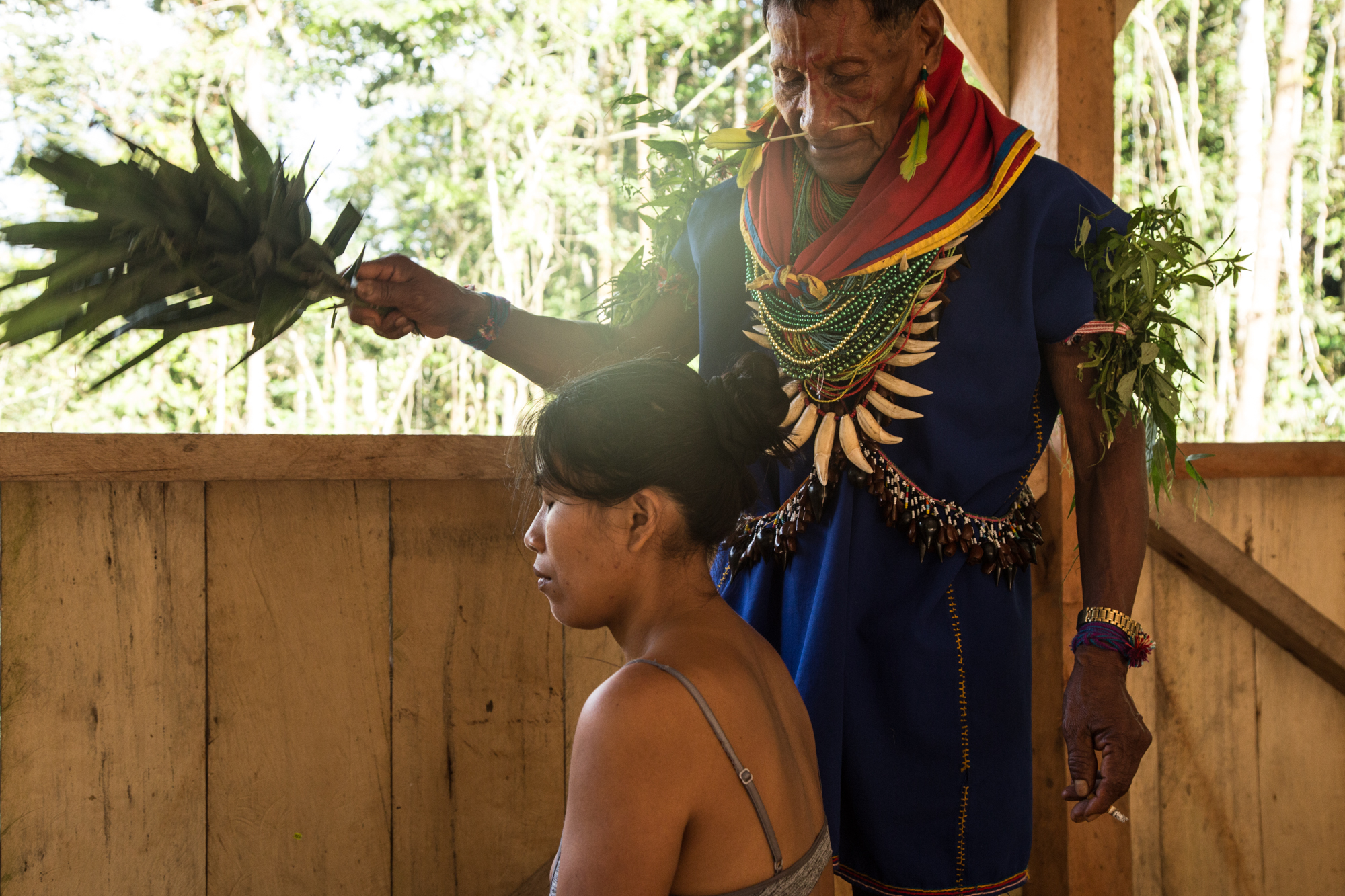
Waorani woman undergoing a ritual cleansing with a Kofan shaman
Repose
In addition to being referred to as a remedio, local people describe their nighttime ayahuasca sessions as a meditation. Enveloped by the curling edges of the hammock and the six-legged symphony, one ruminates on the important issues of life. Yet another line of inquiry is uncovering the long-term, restful and serene effect of even occasional ayahuasca use. A study which compared two groups, one undergoing four ayahuasca ceremonies and the other following an eight-week mindfulness training program, found that the ayahuasca users scored as well on ‘acceptance’ and non-judgemental scores as those who completed the full mindfulness training (Soler et al., 2018). A recent review found that ayahuasca use was associated with improved scores on personality traits such as optimism, confidence and helpfulness (Bouso et al. 2018).

Shaman from the Kofan Bermejo region
Resonance
It is still a mystery as to how consuming ayahuasca actually leads to the phenomena observed in the previous reports, but several studies using magnetic resonance imaging (MRI) of the brain and laboratory analysis are attempting to give us a glimpse as to how ayahuasca achieves these upshots. Individuals with depression display diminished and disconnected neurons in the front part of the brain (prefrontal cortex (PFC)), a region integral in determining certain aspects of personality and a person’s will to live. Laboratory studies show that when exposed to DMT, the active ingredient from the leaves used in the ayahuasca recipe, neurons densify their branching (dendrite) and connecting (synapse) structures, like a plant given fertilizer. This increased structural and functional neuronal plasticity is thought to underpin ayahuasca’s ability to provide relief to people with depression and related disorders (Ly et al, 2018). It has also recently been hypothesized that, at the same time, harmaline, the active ingredient from the bark, increases serotonin concentrations (dos Santos et al. 2016). Serotonin is most commonly known as one of the four “happy hormones” (although it is actually a neurotransmitter). Brain imaging studies of ayahuasca drinkers show increased activity in frontal regions involved in emotional and memory processing and decreased activity in cortical areas involved in introspection and self-consciousness, suggesting a possible means by which ayahuasca contributes to general well-being (Nunes et al. 2016; and references therein).
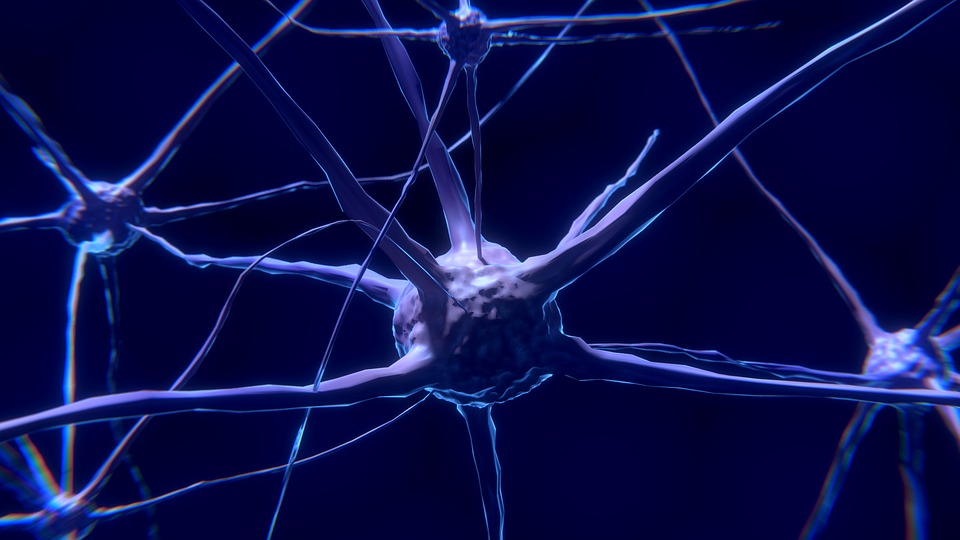
Nerve cell
Risks
Ayahuasca has been used safely for millennia by indigenous people in the Amazon and studies have not found any systematic negative impacts in average ayahuasca adepts or novices (dos Santos et al., 2016). One study did show that ingestion of ayahuasca led to foetal fatality in rats (da Motta et al, 2018) and, indeed, most cultures prohibit drinking ayahuasca while pregnant. A review of all reported psychotic episodes following ayahuasca consumption determined that these are rare, nevertheless remain a possibility for people who suffer from psychosis (schizophrenia, schizophreniform disorders, psychotic mania, psychotic depression) or have a history of this in the family (dos Santos et al., 2017). Most of the studies conducted on ayahuasca’s benefits to date had a small sample size and have been observational in nature; more clinical trials are necessary to confirm these initial reports.
Resilience
The shaman’s chants, the hammock’s swing, and the bugs’ chorus are part of an ancient scene. Unfortunately, this practice has been demonized by certain factions, such as the church, and some ayahuasca-drinking nations have ceased to make recourse to this remedy. However, the practice is still going strong in many communities. If you are interested in the respite, release or repose offered by ayahuasca, find an experienced shaman who is steeped in the tradition in which this remedy arose.
